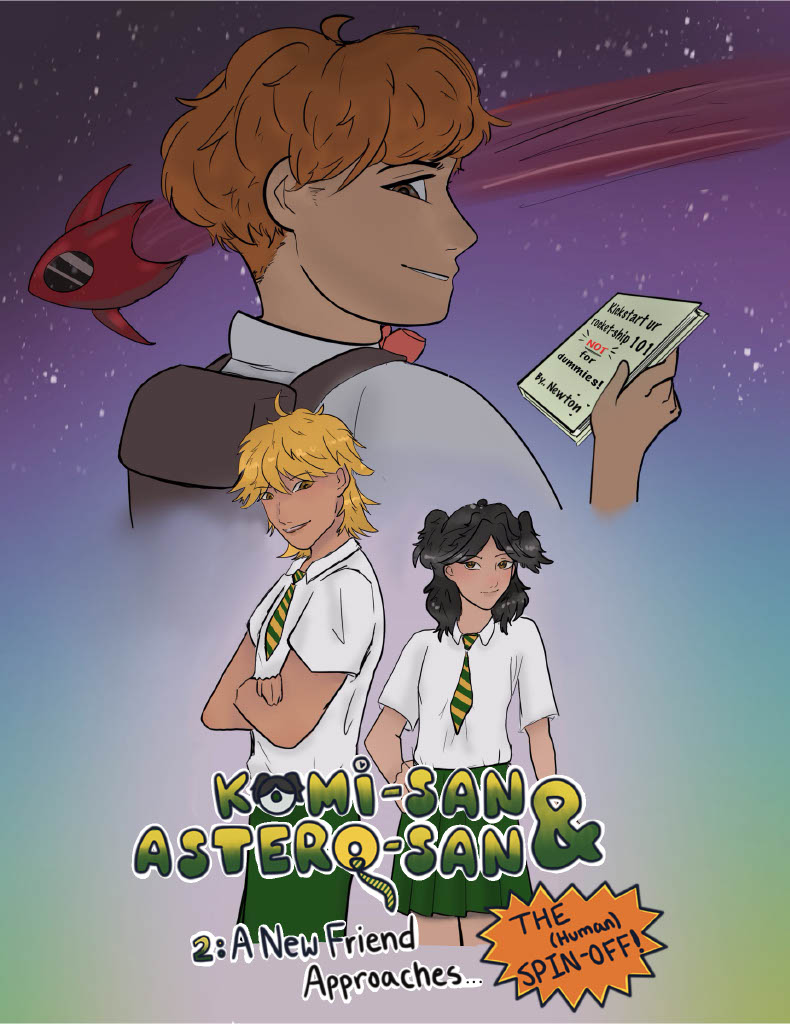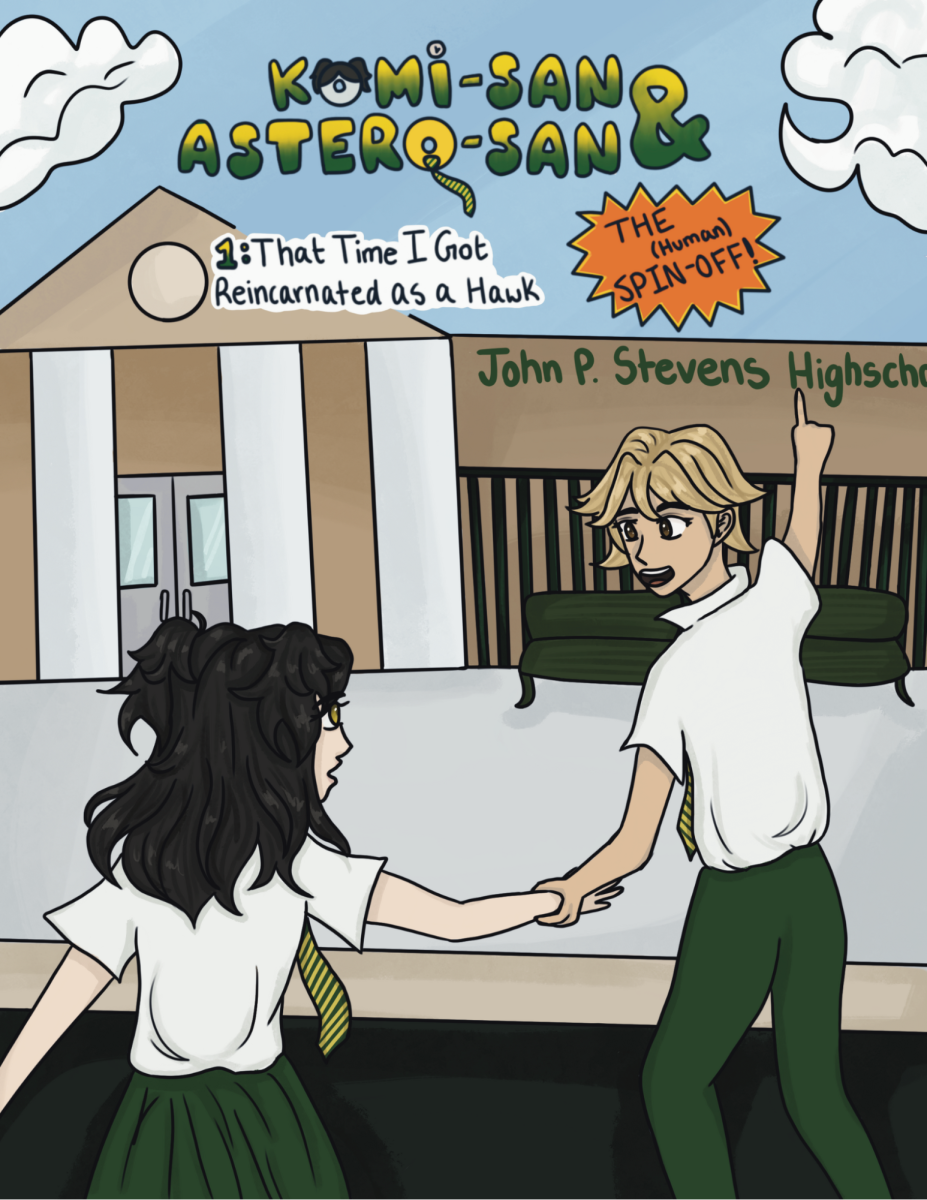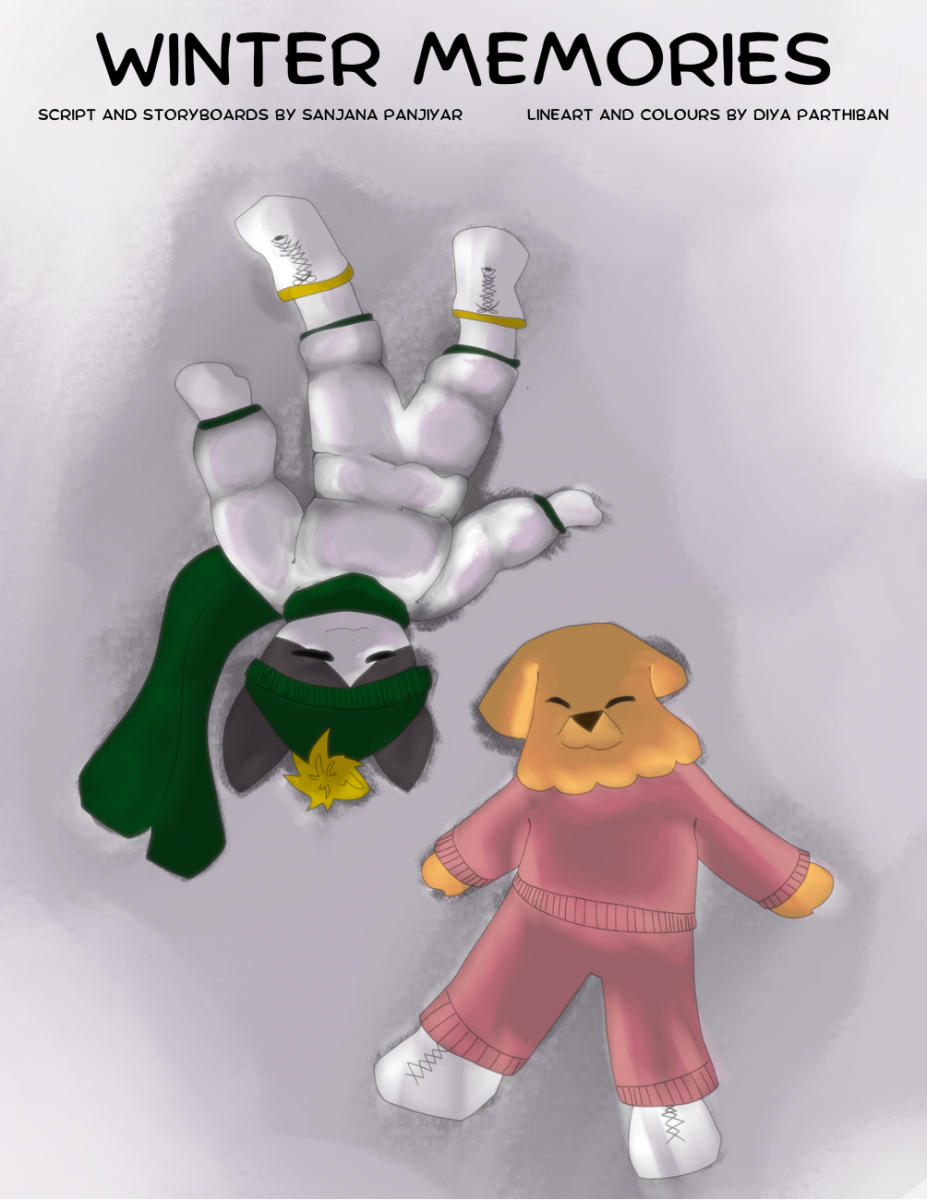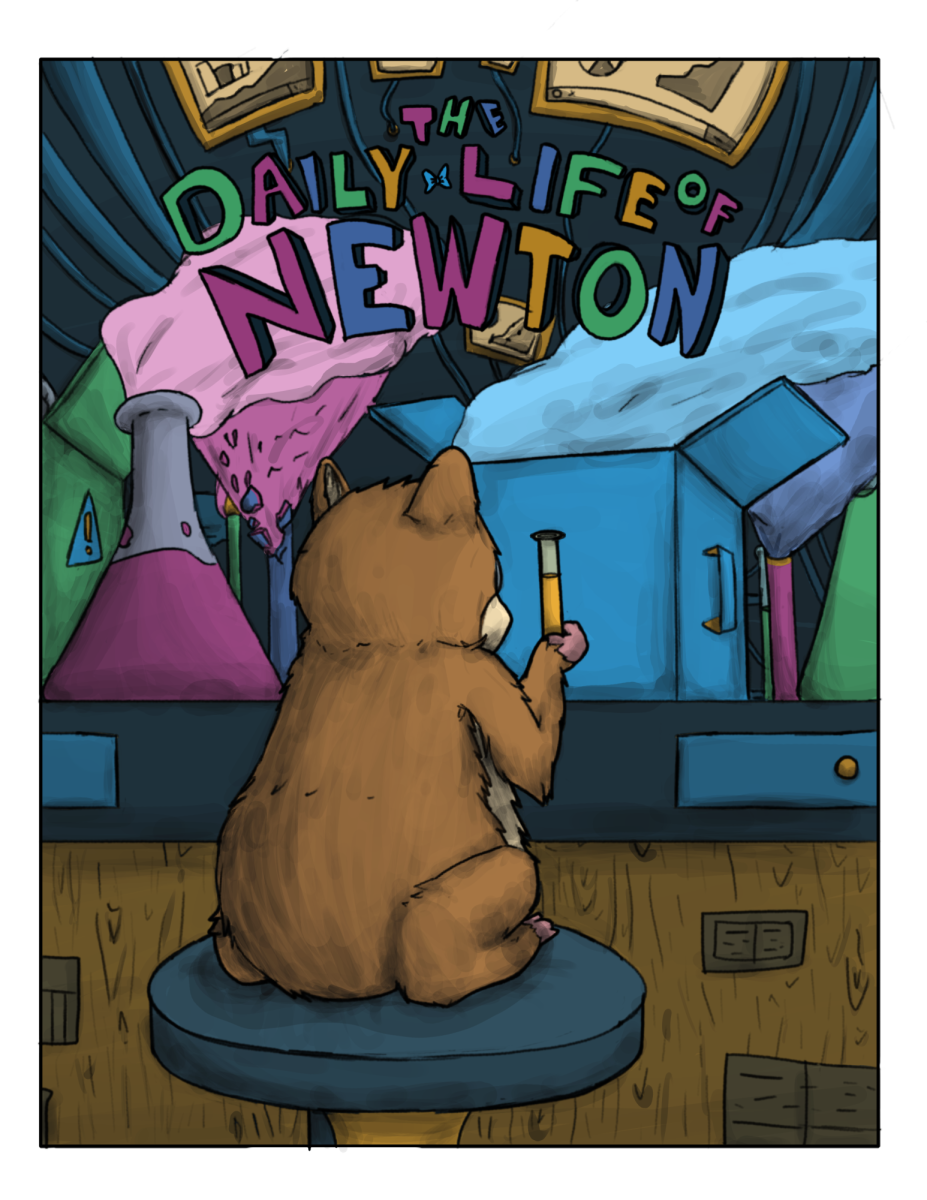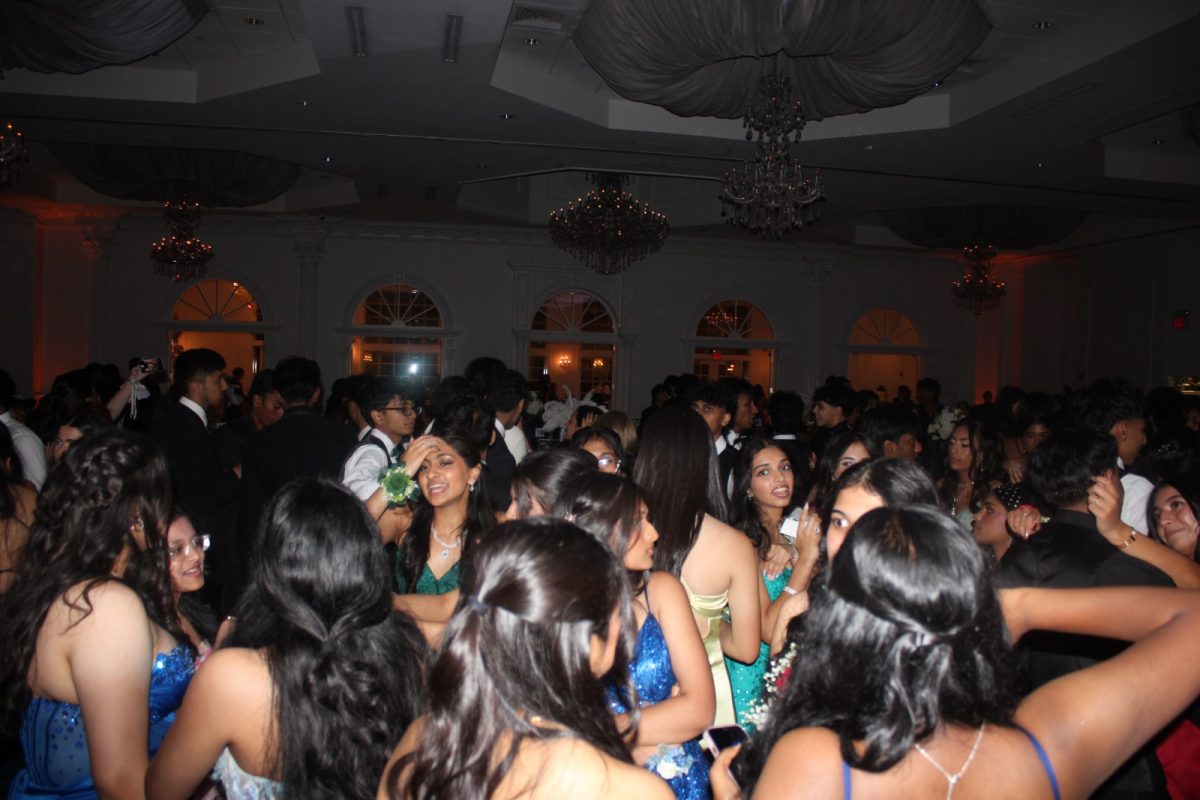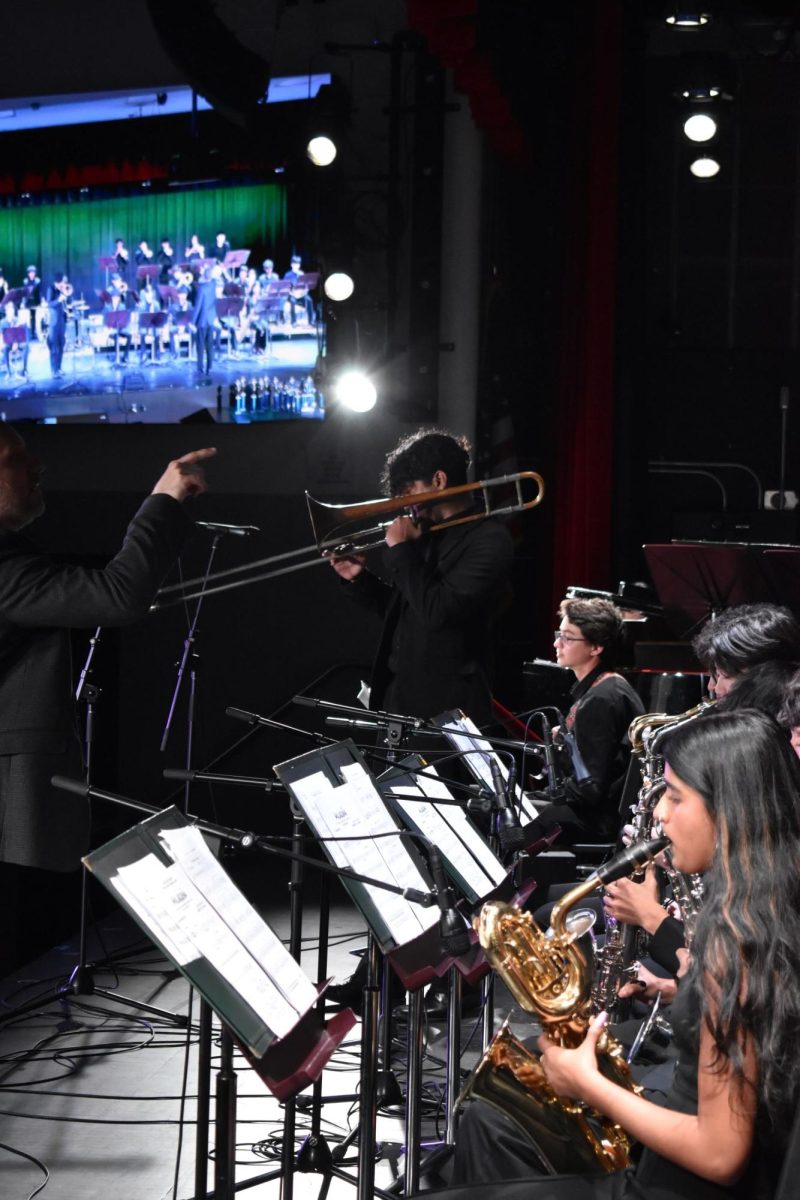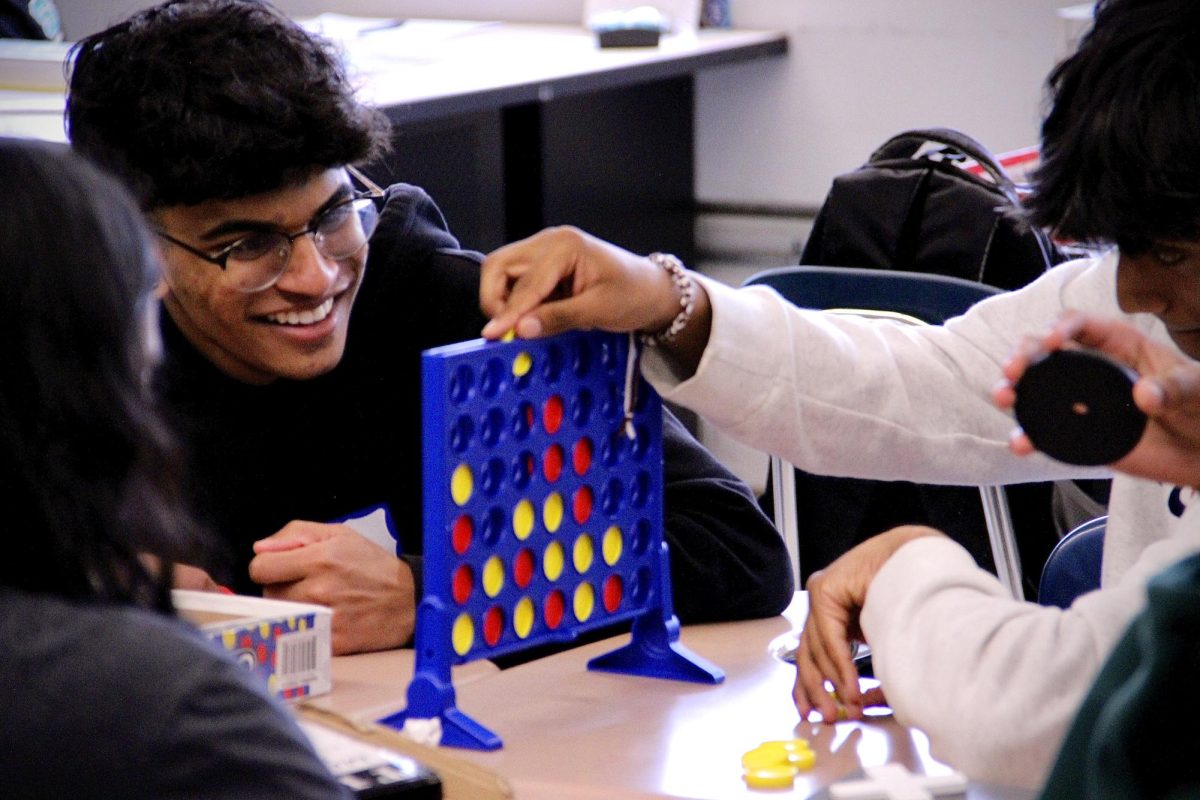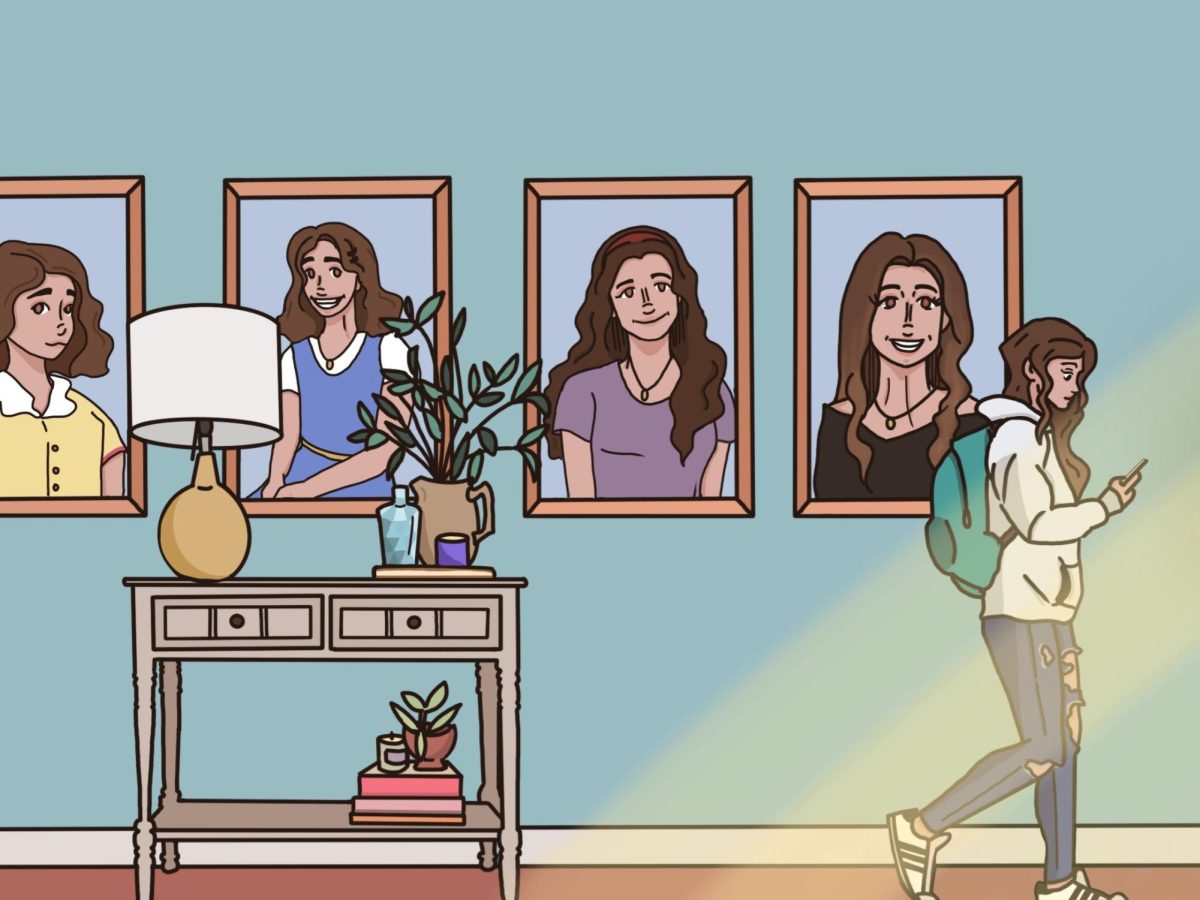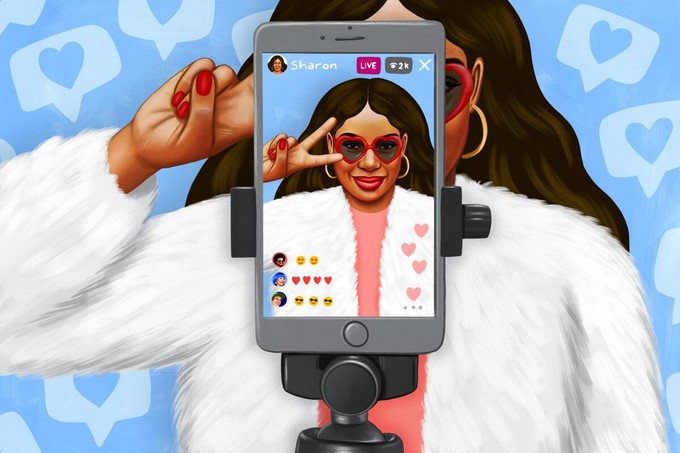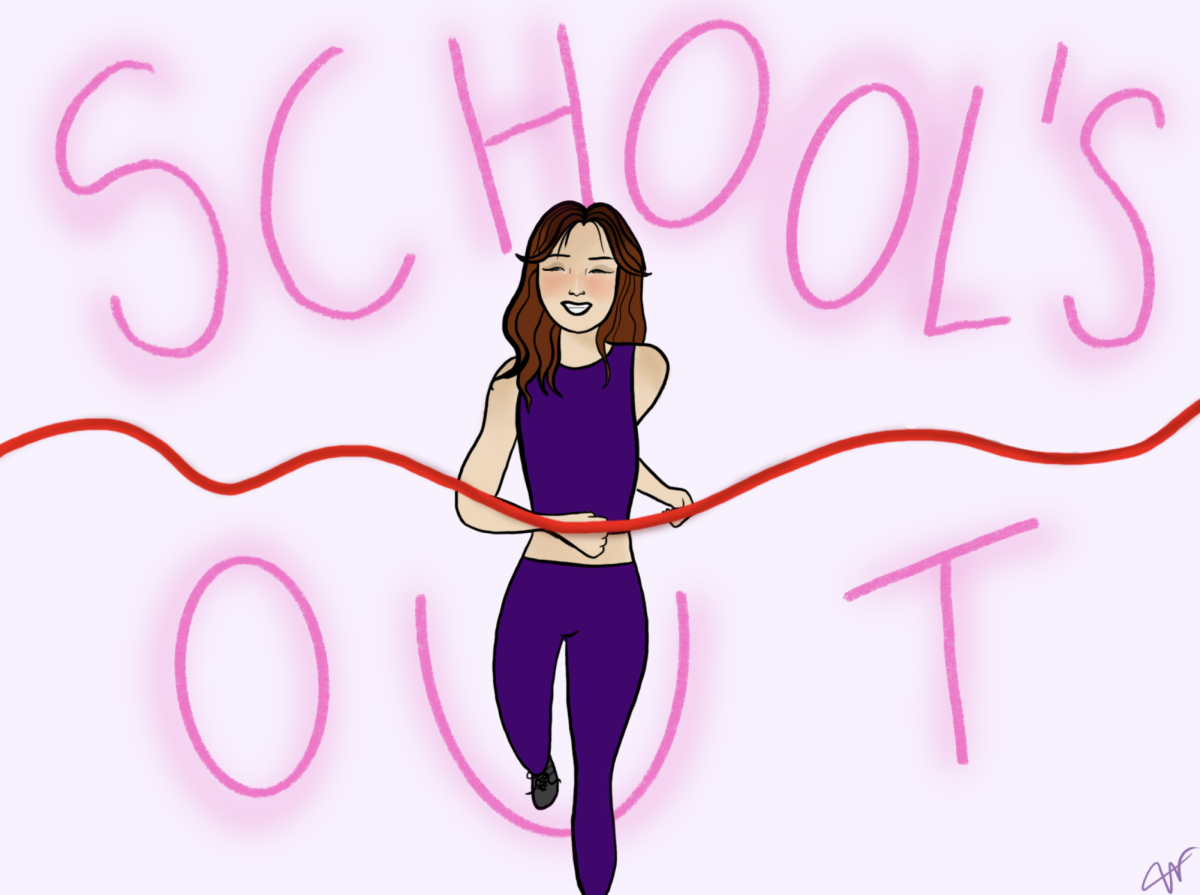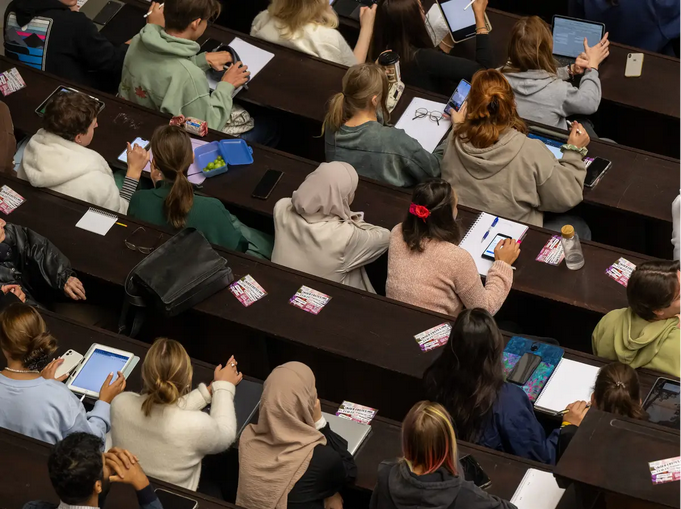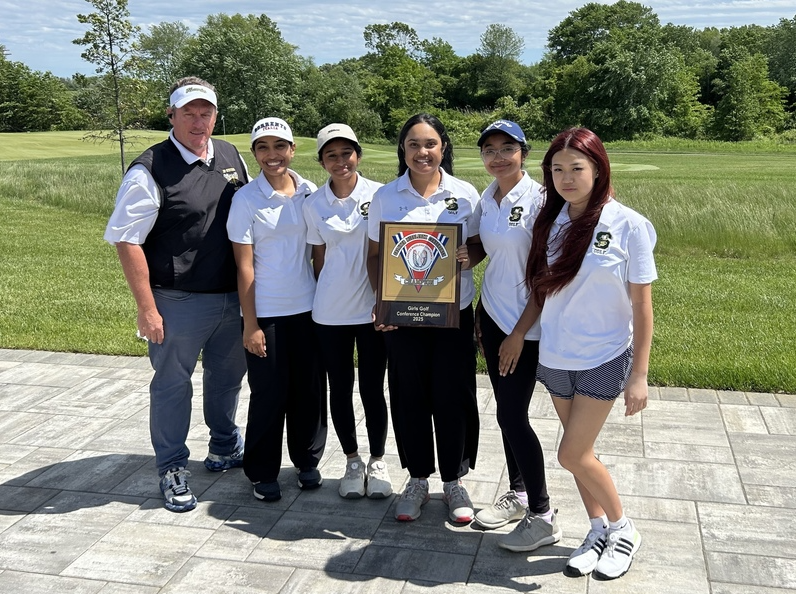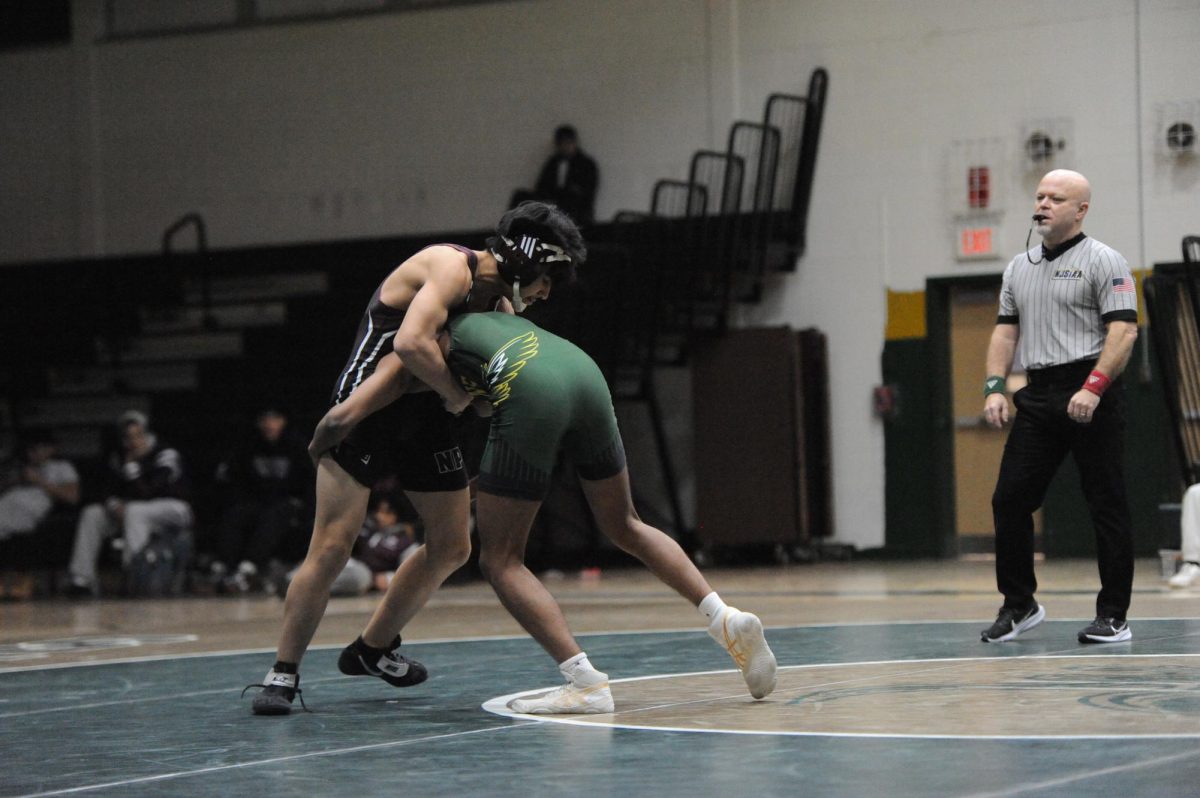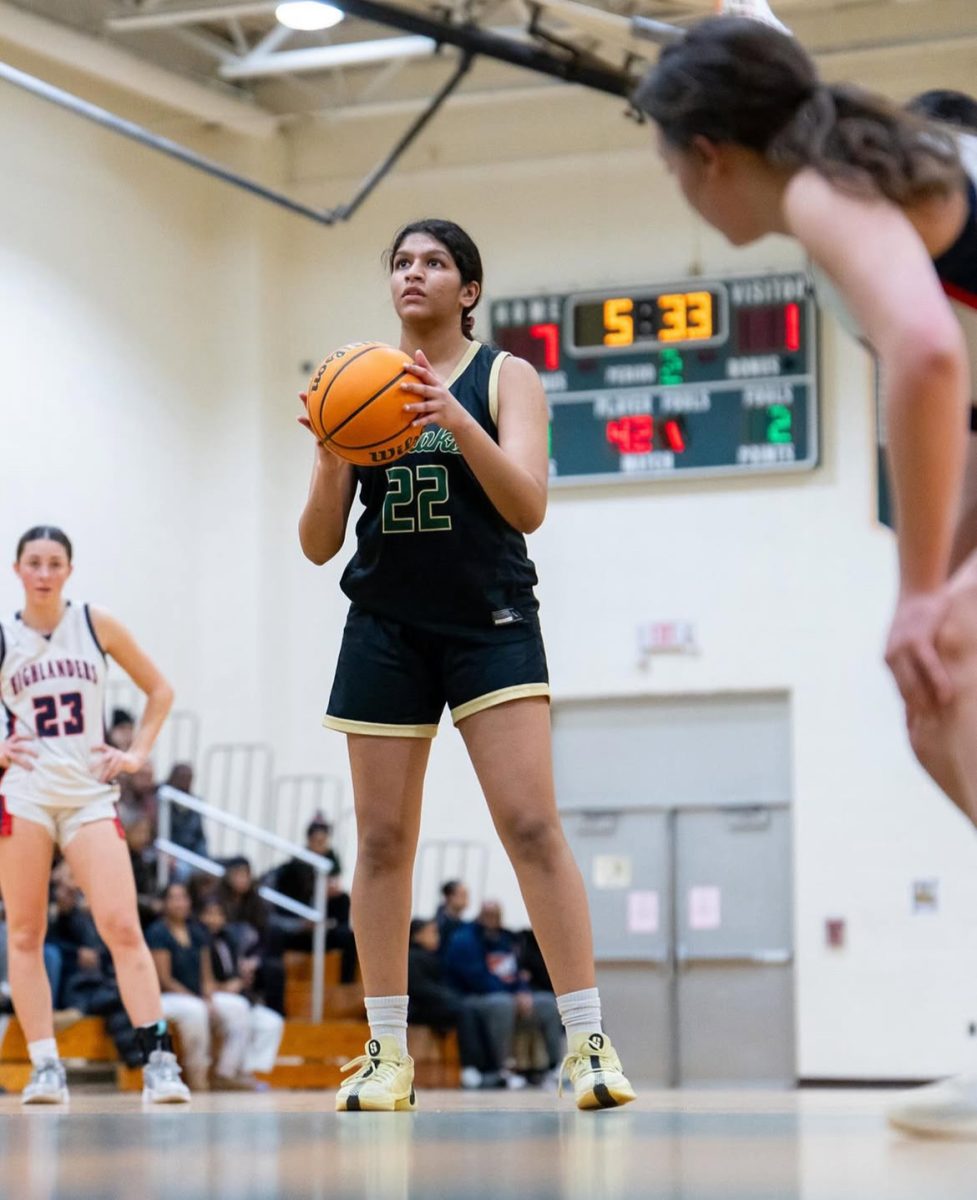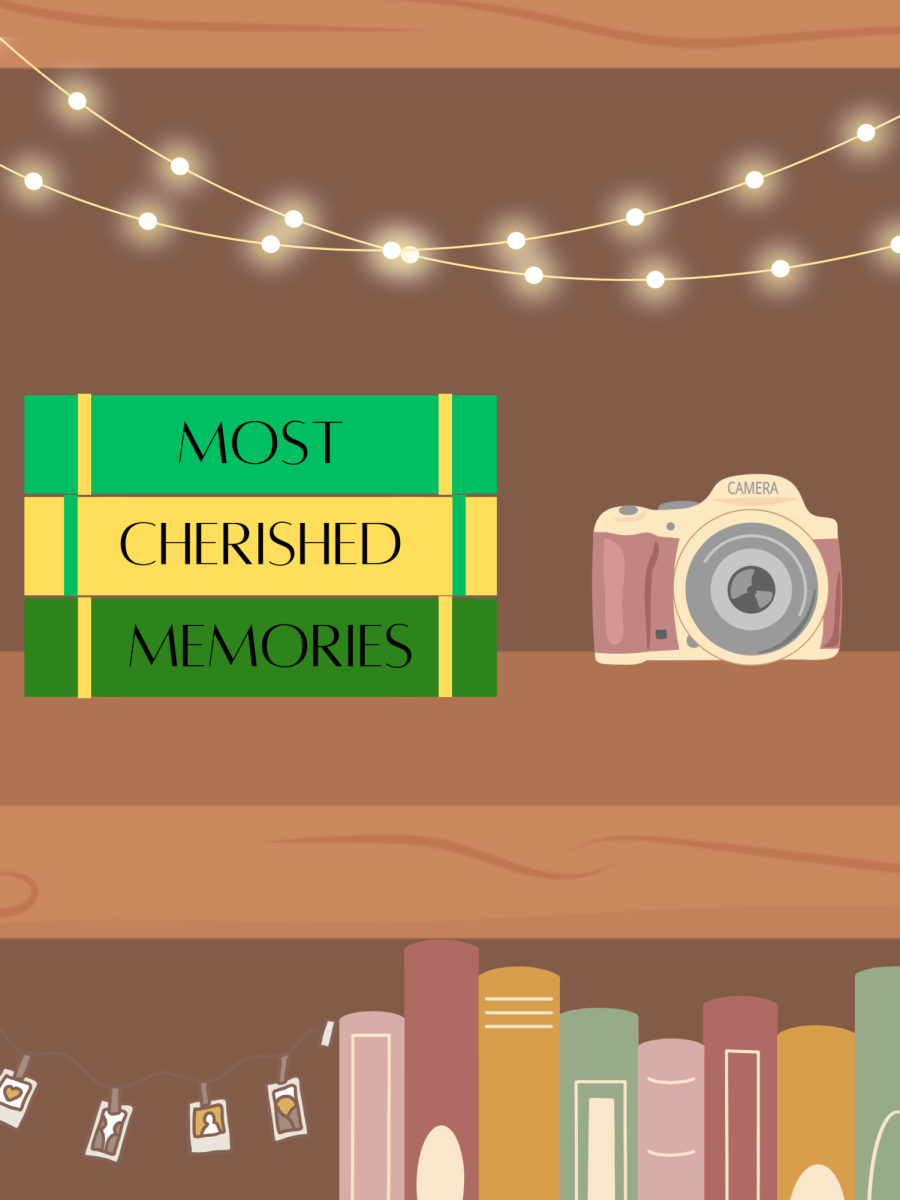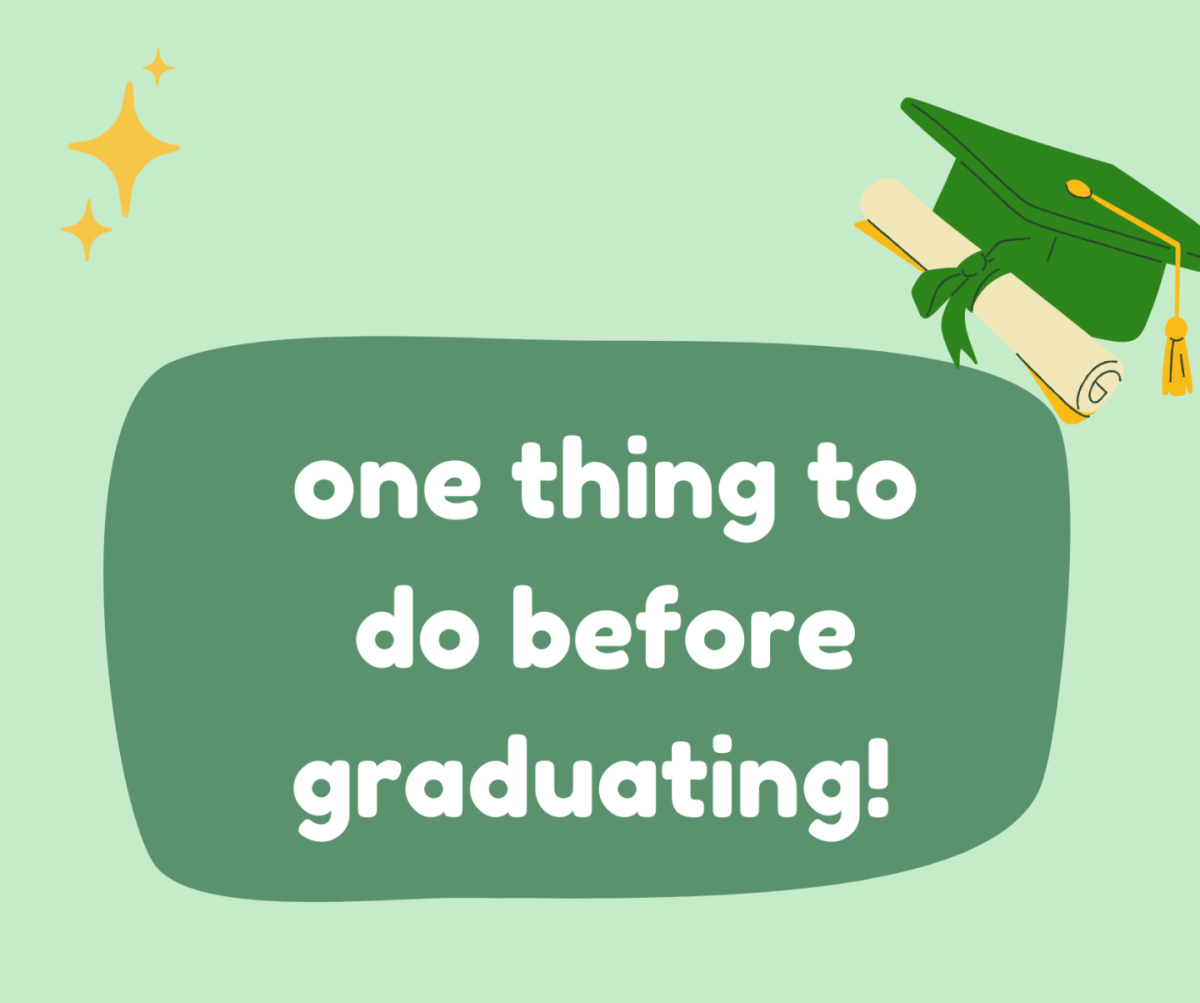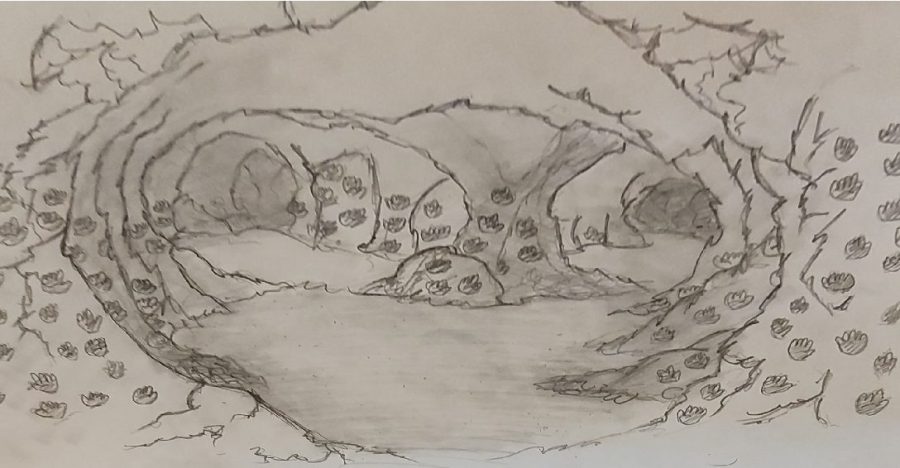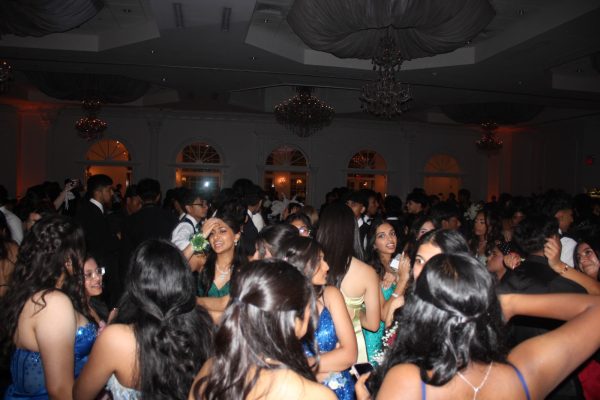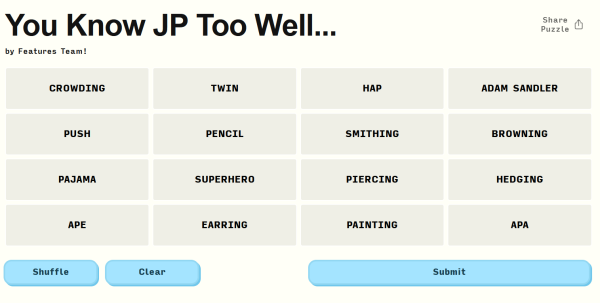You Can’t Spell Heart Without “Art”
April 17, 2023
Today’s culture exhibits a general negative sentiment about the arts. Becoming a professional artist will get you nowhere in life, or so they say. Art is, however, the purest form of self-expression and a safe way to exercise control over an otherwise chaotic world. To say that art does not contribute to society in a visceral way would be incredibly remiss. Today’s society is in desperate need of an artistic revival—as a community, we have forgotten the importance of art, and we are paying the price.
Recent generations have denounced the importance of artists in society. Although people appreciate art where it already exists, there is a popular sentiment that going into art as a career will only end in a desolate existence as a struggling artist. A blogger at Andie Laf Designs, a website that creates watercolor paintings, perfectly categorizes this sentiment: “These days, it’s become sort of a cultural understanding… that to ‘become an artist’ is synonymous with ‘not make money.'” However, it is clear now that workers in every industry are struggling. Working life has become an endless combination of hustle culture and keeping up with the Joneses. Despite this, a Gallup study shows that more than 70% of Americans feel disengaged from their jobs while 82% of art graduates believe their job gives them a sense of purpose. The fact that artists are happier than the average nine-to-five worker should spark a realization that artists are not miserable and broke—the popular negative thinking behind art as a profession is fundamentally inaccurate.
Moreover, the arts are continually playing a major role in economic development: in 2019, the production of art, as well as other cultural goods and services in America, added 4.3% to the national GDP—a total of almost a trillion dollars. According to the National Endowment for the Arts, “this amount remains greater than the value added by such industries as construction, transportation and warehousing, mining, and agriculture.” The creation and consumption of art have a major economic impact on the world and will continue to do so if given opportunities to thrive.
As a dean at the prominent Chitkara University in India said, “Art is linked very closely to the fundamental sense of self… Art acts as a collective memory of society.” The prime example of this is the 15th-16th century Renaissance, Europe’s artistic, cultural, and political rebirth. The Renaissance transformed the nameless painter or architect into an artist pursuing an intellectual masterpiece. Art ultimately creates a shared sense of self that allows us to come together as a community. As put by an artist at ArtWorkArchive, art “resonates with people on a personal and global level, because it is not only empowering but starts from inside ourselves. Art has historically been a vessel to preserve and maintain the ideologies of societies across the world. Without art, there would be no cultural essence to society. Modern society is dangerously close to this reality, teetering closer to a cultural void because artists are undervalued.
What’s more, a Cambridge study titled “The Economics of Renaissance Art” details the ways art flourished because of economic incentives during the Renaissance. The artistic revolution marked the beginning of a new era of prosperity for Europe. The Renaissance also encouraged beautiful architecture—a form of art in and of itself—which improves both the economy and the social setting in any one area, simply because of the functionality and the allure of a beautiful building. A poorly built or aesthetically unpleasant building has no use, mainly because few people wish to associate with something that is unpleasant. A well-built and elegant building boosts social morale and prevents the prospect of an unused but money-leeching building.
Art is, evidently, the key to furthering societal development. As detailed by thestudiodirector.com, “Art and human history go hand-in-hand.” Understanding the past is the cue to unlocking the future. Historically, art has been used as a means to convey information and ideology that one cannot convey through various mediums of artistic expression. From the first sketch made by a human hand to the last oil-composed song, art documents data a spreadsheet cannot.
To understand art is to understand history and to encourage the production of art is to encourage the preservation of history for centuries to come. Art breaks cultural barriers and withstands the test of time. It builds a collective emotional identity that connects humanity in a way data is incapable of. Collectively, a society that wishes to prosper must encourage the production of the arts and must feed its young artists—this is the gateway to a flourishing community.







